Probably no other work in recent years has brought us so many enquiries from musicians, customers and dealers as to when the Henle edition will finally be published…. We are speaking, of course, about one of the greatest ‘warhorses’ in piano history, Sergei Rachmaninoff’s 3rd piano concerto in D minor op. 30.
The monumental concerto’s edition of 1162 bars took quite a while to achieve, but our Urtext piano-score edition (HN 1452) has now been on the market since August 2023 – high time for a short tour of its extraordinary features!
Strangely enough, even the most popular and frequently performed works, especially those of the 20th century, are often accessible only in outdated and unsatisfactory editions. Available of Rachmaninoff’s 3rd piano concerto in music stores up to now were only reduced photomechanical reprints of its 1910 first edition; these reprints with their difficult-to-read music notation did not exactly make rehearsing this demanding work any easier. The Henle edition already stands out from all other editions simply because of its modern and more generous music score with the razor-sharp printing:
For comparison: whereas the first edition makes do with 78 music pages, the Henle edition consists of 110 music pages – the somewhat more frequent page turns seem to us an acceptable price for offering the advantage of larger staves that are easier on the eyes…. And in response beforehand to numerous customer requests, we have come up with something special for the 1st movement’s large cadenza: Because the very difficult ossia cadenza is rather difficult to read in small print, we have reproduced it once again in large print on an insert page to make it particularly easy to rehearse:
But a Henle Urtext edition meets, of course, not only the highest standards optically, but also in terms of content. To our knowledge, the autograph score (on deposit in the British Library) has been analysed for the first time ever in preparation for our new edition. (For legal reasons, we cannot publish here any illustrations from the autograph.)
The main source for our edition was the first edition (published in 1910 by A. Gutheil in Moscow), which was, as usual, very reliable, since Rachmaninoff himself supervised and authorised it. Nonetheless, our close comparison of it with the autograph revealed a number of obvious engraver’s errors that the composer also overlooked during proofreading. In the cadenza towards the end of the first movement, we were even able to discover a veritable music-note error and correct it as per the autograph:

1st movement, m. 354, Henle edition with corrected note a1 as per the autograph (cf. also the left-hand chord)
In addition, we were able use the autograph to correct articulation and slurring inaccuracies in numerous places or to add overlooked dynamic markings.
There is a rhythmic oddity in m. 46 of the first edition’s 2nd movement: the dotted quarter note in the right hand and the subsequent last eighth note do not add up mathematically:
The autograph shows that Rachmaninoff first correctly notated the last beat as a two-against-three rhythm:
Presumably, though, he was bothered by the right hand’s ‘clattering betwixt’ the left-hand’s triplet; the right hand’s adjustment to the triplet rhythm certainly goes back to the composer. In order formally to represent the desired rhythm correctly, we adapt the notation in our edition to the analogous passage in m. 42, with ties instead of dotting: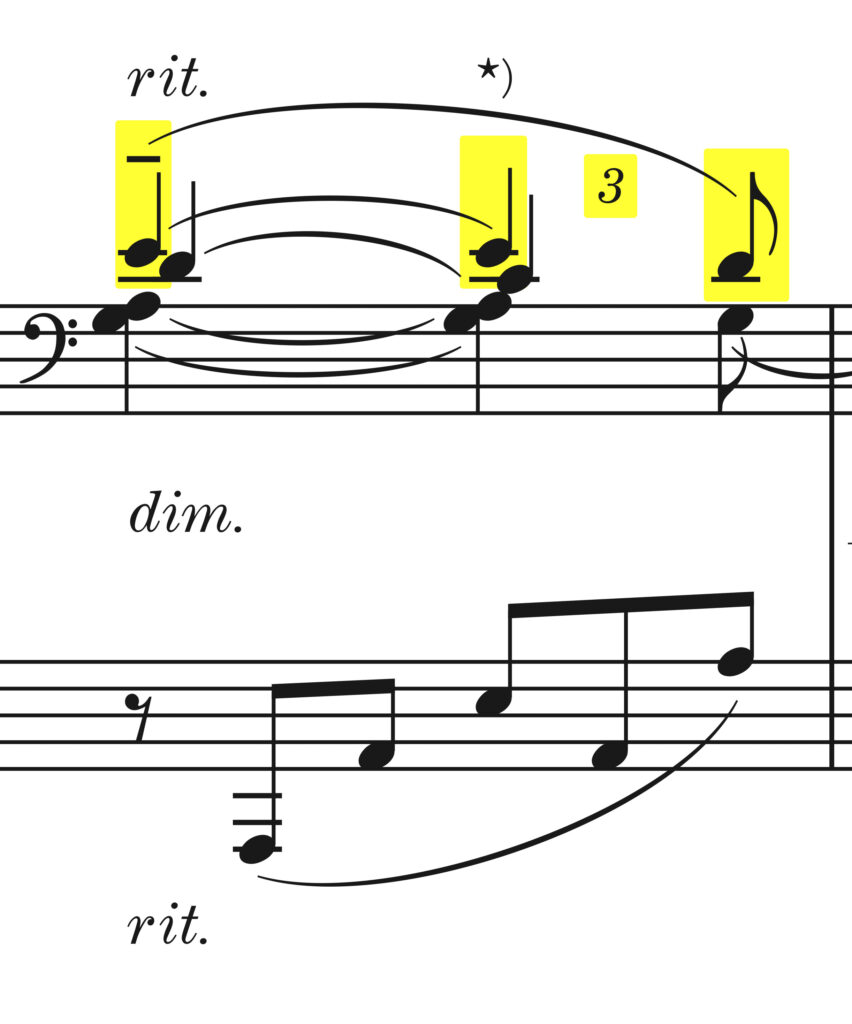
As for all of Henle’s other Rachmaninoff editions, Marc-André Hamelin, virtuoso of the century, was again responsible for the fingering. Many passages are certainly more comfortable to play using his fingering suggestions, coming from his decades-long performance experience with the concerto. But that’s not all: for some particularly tricky bars, Hamelin offers clever suggestions for alternatively distributing the notes between the hands, making them much easier to play.
These alternatives appear in the printed edition also on the insert page mentioned above, so that they can be placed next to the score and consulted when practicing.
This functions even more conveniently in our Henle Library app, where the piano concerto is, of course, also available in digital form. Here, you can use a fantastic new function (‘Variations’) that allows you to display different variations of one or more bars in the consecutive music text:
This function also allows you to select the preferred cadence and hide the other cadence’s unnecessary staves:
We hope that we can thus offer all pianists such an ideal basis for rehearsing this monumental concerto – all you yourself must do then, is to play it…


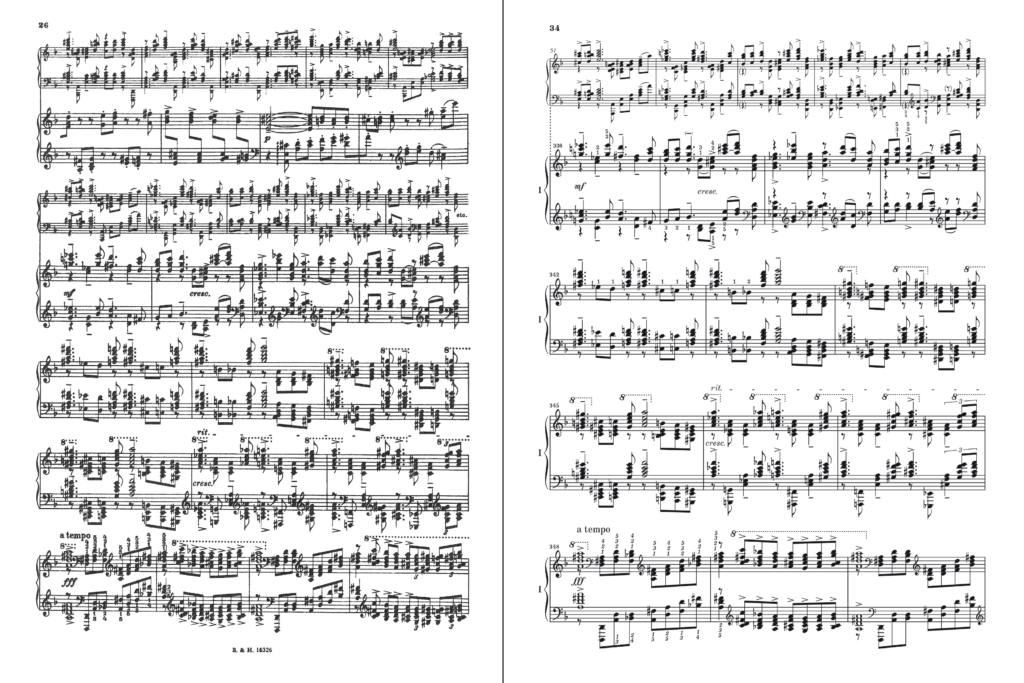

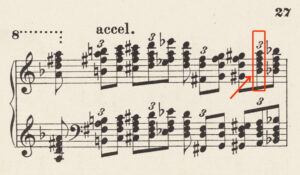

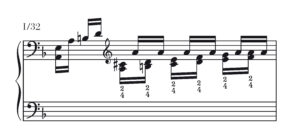
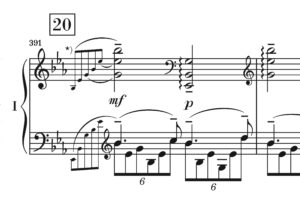

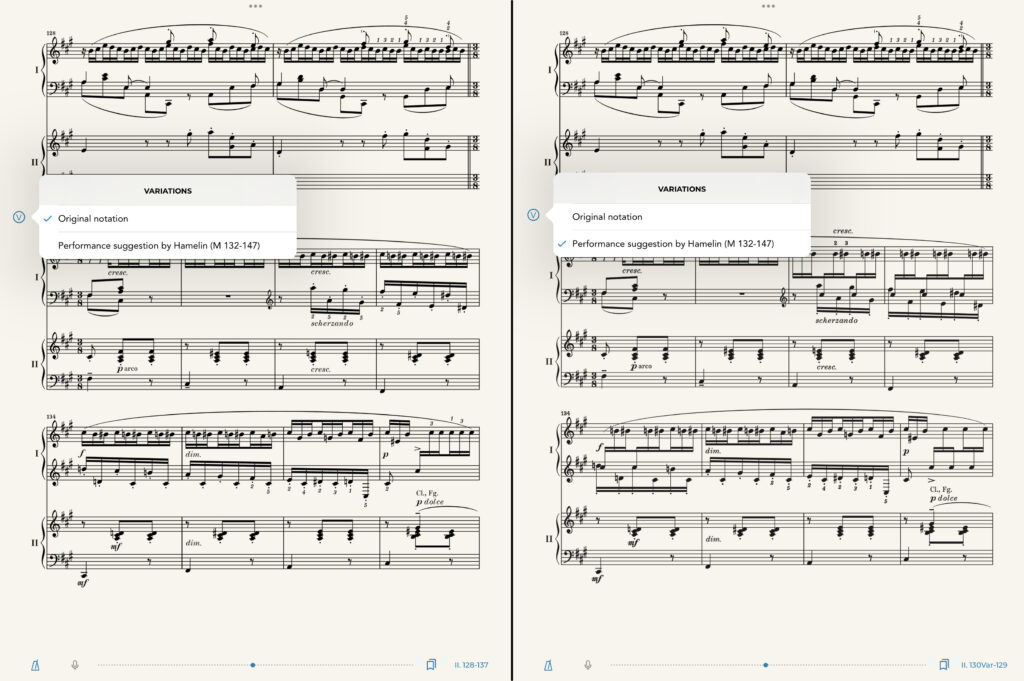
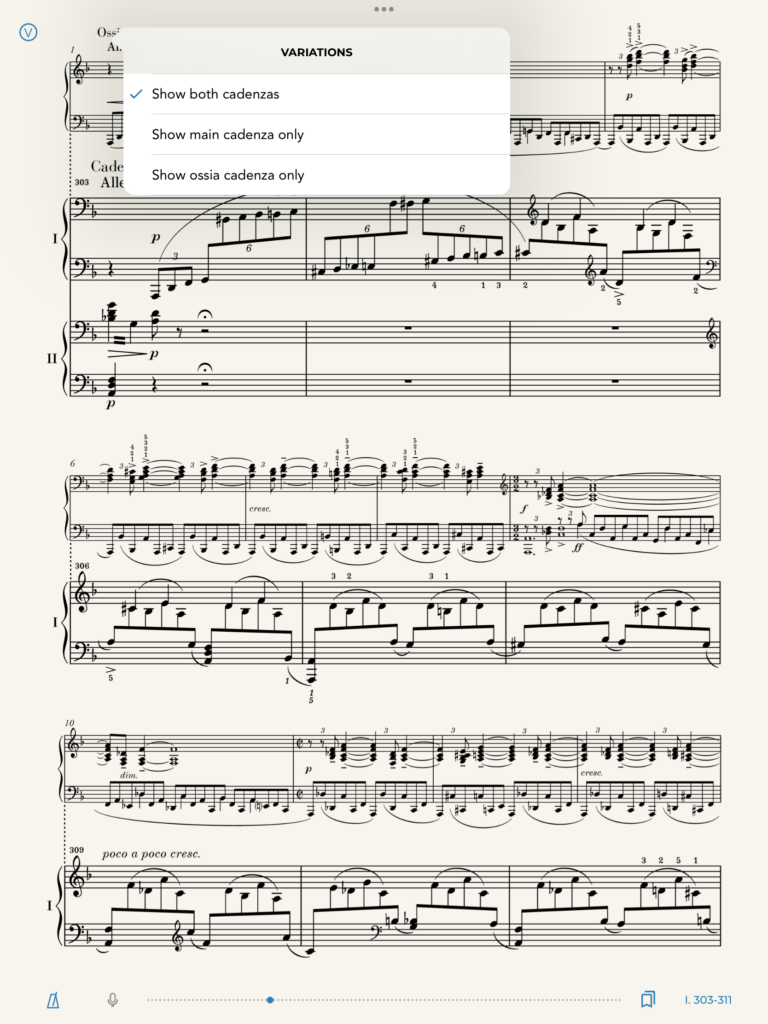
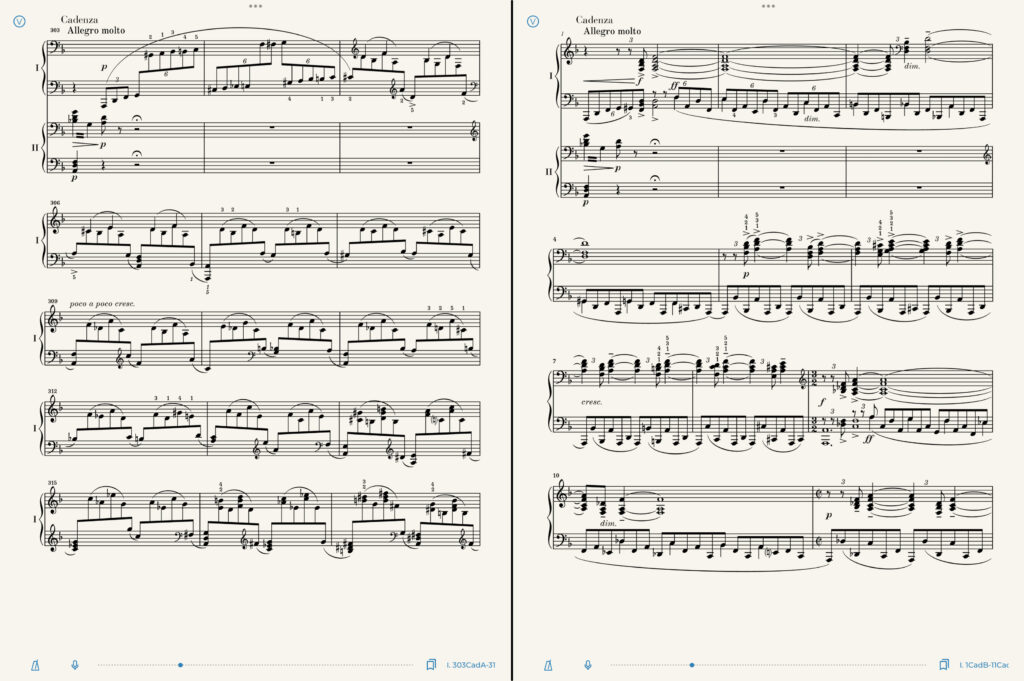
Formidable editing on a formidable piece.